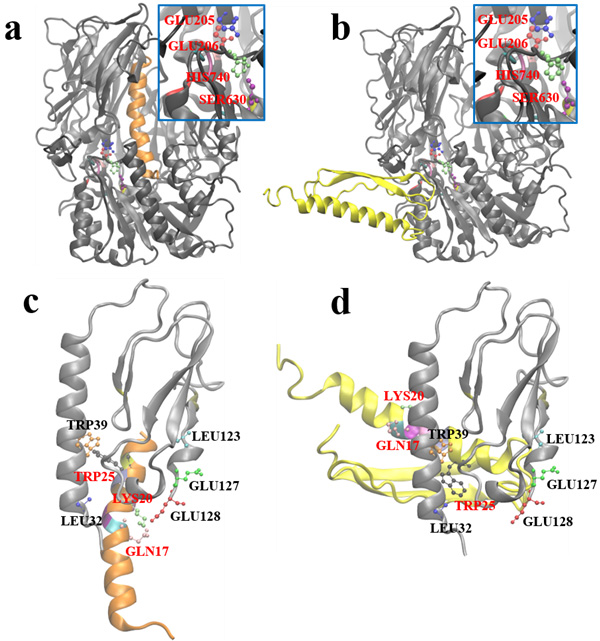
Novel Glucagon like peptide-1 (GLP-1) drugs were designed and industrial prepared by researchers from Hefei Institutes of Physical Science, Chinese Academy of Sciences Through molecular design, strain construction, isolation and purification and animal experiments, according to a paper published in Pharmaceuticals.
"The GLP-1 analogs we developed boasted with stable and hypoglycemic effects," said SUN Lei, first author of the paper.
GLP-1 can promote the pancreatic beta cells synthesis, secretion of insulin and inhibition of glucagon release, which has a good therapeutic effect on type II diabetes. However, natural GLP-1 is easily degraded by dipeptidyl peptidase-4 (DPP-4) in the human body, limiting its therapeutic effect on Type 2 diabetes mellitus. At present, the global output value of GLP-1 analogs has reached tens of billions of dollars, and highly stable GLP-1 drugs are a research hotspot.
In this research, based on the in-depth analysis of the molecular structures of human GLP-1, DPP-4 and GLP-1 receptor, a variety of GLP-1 analogs binding to the fusion protein fragments were designed before they prepared samples of high purity by industrial production. Animal experiments showed that this GLP-1 analogue could effectively prevent the degradation of the DPP-4, and the hypoglycemic duration was more than 24 h, indicating a high potential for commercial application.
This study provided a new way for the design and industrial production of novel protein drugs based on synthetic biology.
The research work has been supported by the National Key R&D Program, the Anhui Provincial Science and Technology Major Project, and the Anhui Provincial Key R&D Program.

Molecular Docking between GLP-1 analogs and GLP-1 receptor and DPP-4 (Image by WANG Peng)